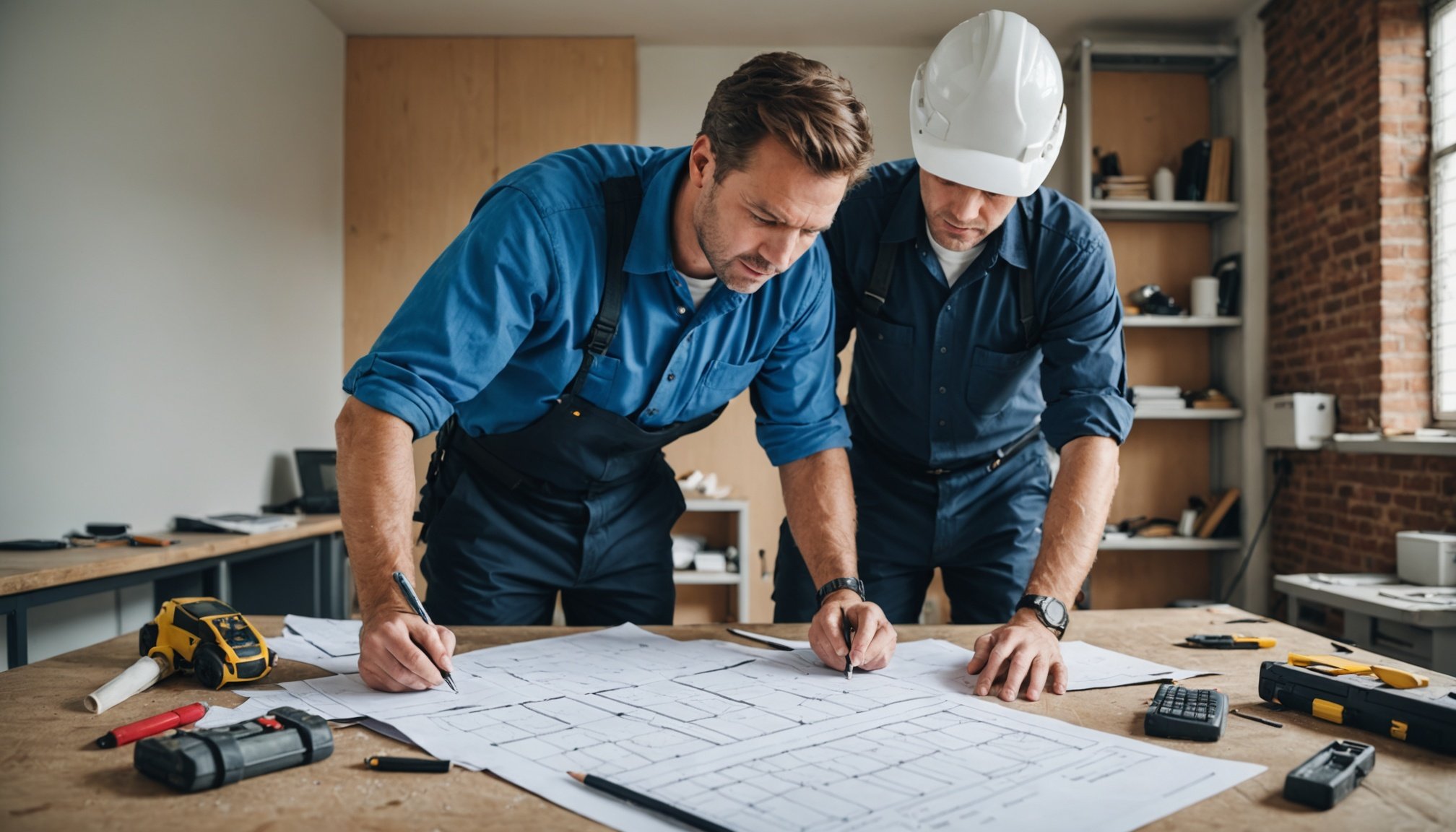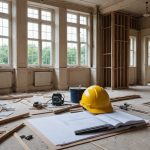In the world of real estate, the allure of property investment often shines brightly, promising lucrative returns and a steady stream of rental income. However, seasoned investors understand that beneath this glimmer lies an essential component: maintenance and repair costs. Planning for these costs is not just a financial consideration but a strategic move that can determine the long-term success of your investment. This article delves into the intricacies of planning for property maintenance and repairs, offering practical insights for both novice and experienced investors alike.
Understanding the Costs of Property Maintenance and Repairs
When acquiring properties, it’s crucial to grasp the various expenses involved in their upkeep. Maintenance and repair costs are inherent to property management, and they can significantly impact your investment budget. By foreseeing these costs, you can better prepare and avoid unexpected financial burdens.
This might interest you : What are the implications of Brexit on the UK property market?
Predicting Costs
To effectively plan, you must understand the nature of maintenance and repair costs. These can range from routine maintenance activities like landscaping and pest control to more substantial repairs such as roof replacements and plumbing overhauls. Investors should anticipate both regular and unexpected costs, ensuring that funds are set aside to address them promptly.
Budgeting Wisely
Setting up a comprehensive budget for maintenance is crucial. A general rule of thumb is allocating 1-2% of the property’s value annually for maintenance costs. This percentage provides a buffer to cater to unforeseen issues that may arise, offering peace of mind to both you and your tenants.
In parallel : What should you know about the buy-to-let mortgage process in the UK?
Long-Term Planning
Consider the long-term implications of your property investments. Older properties may require more frequent attention, while newer ones might have warranties that cover certain repairs. Understanding the life cycle of various building components can aid in forecasting future costs and planning accordingly.
Managing Tenant and Resident Issues Efficiently
The relationship between property owners and their tenants is pivotal in ensuring smooth operations and reducing repair needs. By fostering a positive relationship, you can address issues promptly, minimizing potential damage and subsequent costs.
Establishing Clear Communication
Open communication with residents can prevent minor issues from escalating into costly repairs. Encourage tenants to report issues as soon as they arise. Establish a clear protocol for maintenance requests, ensuring prompt responses and resolutions.
Regular Inspections
Conducting regular property inspections is another effective strategy. Scheduled check-ups can help identify and rectify small problems before they become major concerns. This proactive approach not only saves money but also maintains the property’s condition, enhancing tenant satisfaction.
Incentivizing Tenant Care
Motivating tenants to take care of the property can be beneficial. Offering incentives for maintaining the property, such as rent discounts or upgrades, can encourage vigilance. When tenants feel responsible for their living environment, they are more likely to alert you to potential issues early on.
Effective Management Strategies for Long-Term Success
Effective property management is the cornerstone of minimizing maintenance costs and enhancing the property’s value. By adopting strategic management practices, you can safeguard your investment and ensure a steady return on investment.
Hiring Professional Help
Enlisting the services of professional property managers can be invaluable. They bring expertise in handling maintenance schedules, tenant interactions, and budgeting, allowing you to focus on broader investment strategies. Their knowledge can help you navigate the complexities of property management with ease.
Preventive Maintenance
Adopting a preventive maintenance approach can significantly reduce repair costs. Regularly servicing HVAC systems, checking plumbing, and maintaining roofing can extend their lifespan and prevent costly repairs. This proactive stance not only preserves the property’s integrity but also attracts and retains quality tenants.
Technology Integration
In today’s digital age, leveraging technology can streamline property management. Numerous software solutions offer features like maintenance tracking, tenant communication, and budgeting tools. By integrating technology, you can enhance efficiency and maintain thorough oversight of your properties.
Despite meticulous planning, unforeseen issues may still arise. However, being prepared for these events is what separates successful investors from the rest. By understanding the nuances of maintenance and repair costs, establishing clear communication channels with tenants, and employing effective management strategies, you can navigate the complexities of property ownership with confidence.
Planning for maintenance and repair costs isn’t just a facet of property investment; it’s a strategic necessity that ensures your venture’s viability and profitability. By adopting a proactive approach and leveraging available resources, you set the foundation for long-term success in the ever-evolving real estate market.











